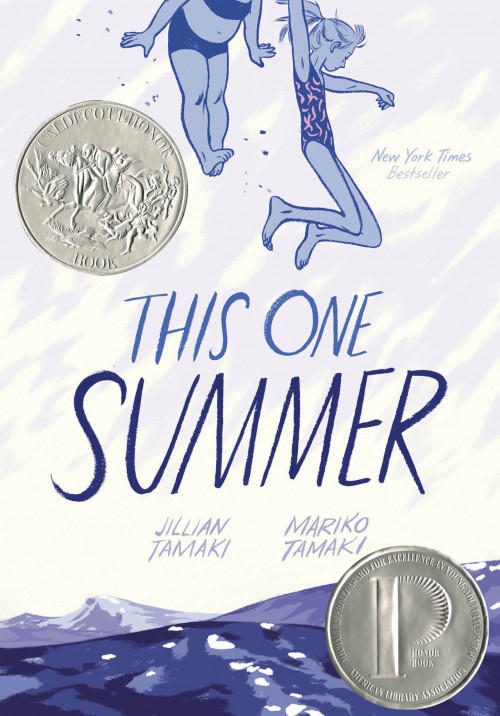A panel discussion during this year’s WonderCon comic book and sci-fi/fantasy convention tackled the significance of the term “all-ages,” which has lately been slapped on everything from books like David Petersen’s Mouse Guard to Cartoon Network’s Adventure Time series. Panelists argued over the category’s definition, its usefulness, and the kinds of titles that it should include. While they didn’t reach a consensus on these issues, panelists did agree that its defining characteristics probably include youthful protagonists, coming-of-age narratives, lighthearted illustrations, and themes relevant to young readers. Even given such a list of basic criteria, though, it’s the broad inclusivity of the “all-ages” category that makes it so hard to define.
During the World War II era, comics were definitely stories for all ages, and they were read by kids and GIs alike. It was in the 1970s that “for adults” stories began to pull away from mainstream comics, leaving children’s books behind. Now, some sixty years later, we find the market shifting back to the idea that this medium can produce books that cross established lines of age and taste. The recipient of a 2015 Michael L. Printz Honor Award as well as a Caldecott Honor Award, This One Summer by Mariko and Jillian Tamaki is a prime example of what all-ages can be.
The story follows two young girls, Rosie and Windy, as they transition into adolescence during one summer at Rosie’s family lake house. Rosie and Windy deal with some pretty weighty issues throughout the book, including a parent’s depression, a miscarriage, and the tumultuous feelings of first love. All of these things are brought together in a sequential-art format and illustrated in a style that shows its artists’ roots in anime while being totally original and welcoming to readers young and old alike.
When it was first published in early 2014, First Second Press couldn’t have known that This One Summer would become the first book to receive both Printz and Caldecott Honors, along with an Eisner nomination, all in the same year. The variety of these recognitions confirms that the divisions between categories of graphic novels for adults, children, and even picture books are beginning to blur.
Where the comic book industry’s core readership was once almost exclusively male—and generally a crowd older than you might expect—it is now hearing and responding to the call for diversity in characters and content that reflects that of its evolving audience. Although established characters and ongoing series still account for a large portion of the comics industry’s sales, graphic novels are quickly becoming a bastion of original narratives—getting away from the tropes of years past. Gone are the days when strange powers, rippling muscles, and skin-tight outfits were the driving forces in sequential art. A much wider range of stories is being told, readers are responding, and new communities of fans are emerging. The influence of creators like Will Eisner and Art Spiegelman is being felt, and graphic novels are reclaiming their narrative roots. It’s even possible that Ooligan Press may be able to contribute to this new wave: we’re currently exploring the possibility of broadening our mission and welcoming graphic novels and picture books.

